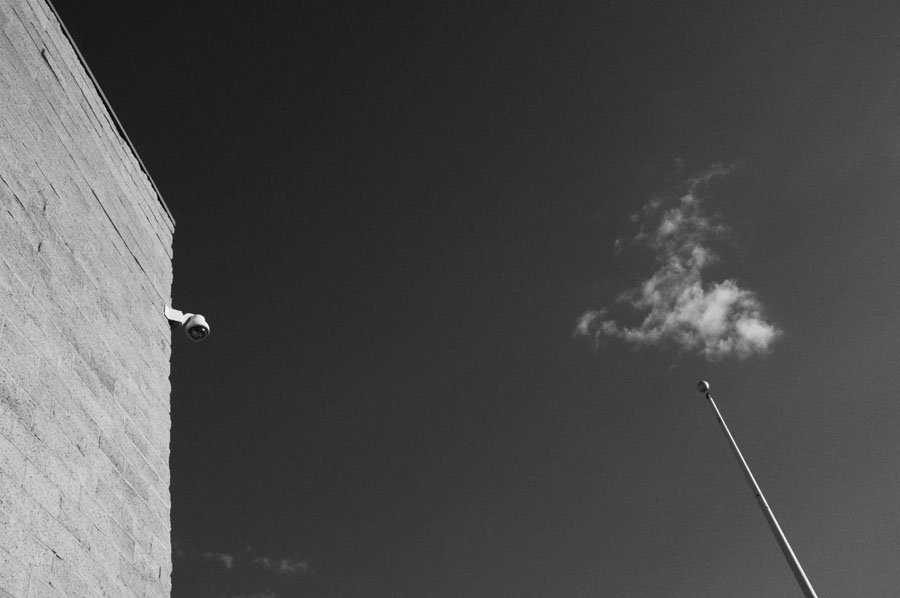koven
Well-known
I hated the black and white preview images I that I saw when the camera first came out but after a few months Ive come to be amazed the black and white pictures this cam can produce. Post your fav black and white Images.
Click and press L to see in high res

Save Money by MrEllis, on Flickr

25 by MrEllis, on Flickr

3am by MrEllis, on Flickr

Bubba, Occupy Toronto by MrEllis, on Flickr

michelle by MrEllis, on Flickr

ny2 by MrEllis, on Flickr

protest by MrEllis, on Flickr

29 by MrEllis, on Flickr

I whip my hair back and forth by MrEllis, on Flickr
Click and press L to see in high res

Save Money by MrEllis, on Flickr

25 by MrEllis, on Flickr

3am by MrEllis, on Flickr

Bubba, Occupy Toronto by MrEllis, on Flickr

michelle by MrEllis, on Flickr

ny2 by MrEllis, on Flickr

protest by MrEllis, on Flickr

29 by MrEllis, on Flickr

I whip my hair back and forth by MrEllis, on Flickr



























